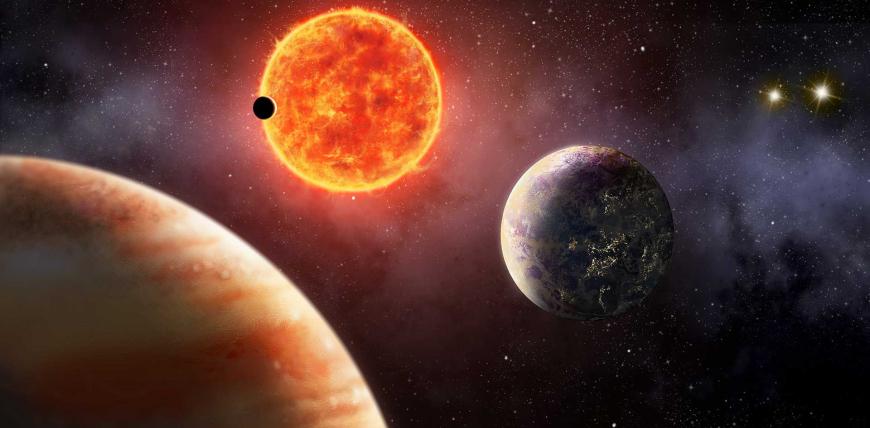
Breakthrough Listen
Breakthrough Listen represents humanity's most significant effort to date to quantify the distribution of advanced life in the Universe, using the world's largest and most advanced radio telescopes to search for signatures of technology.
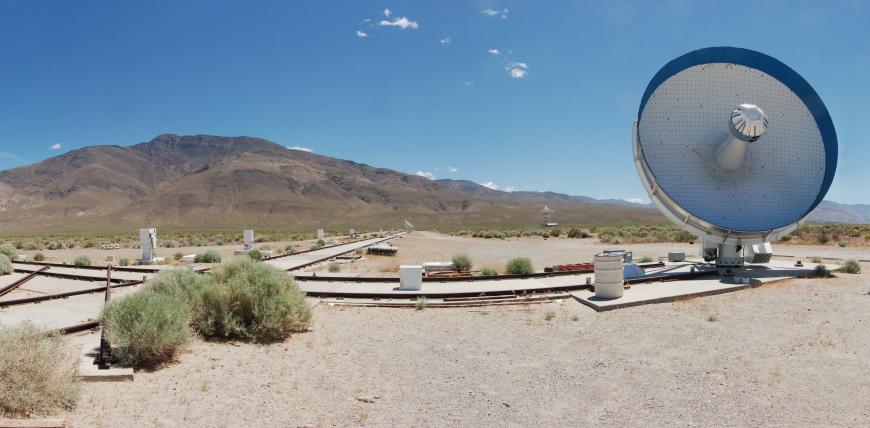
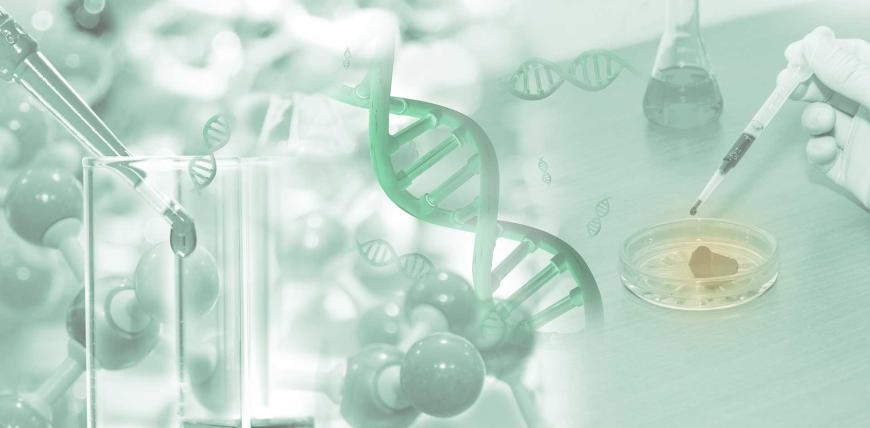
Chromatin Dynamics
Research in the Gruszka Lab centres on physical and molecular mechanisms underpinning chromatin dynamics during DNA replication.
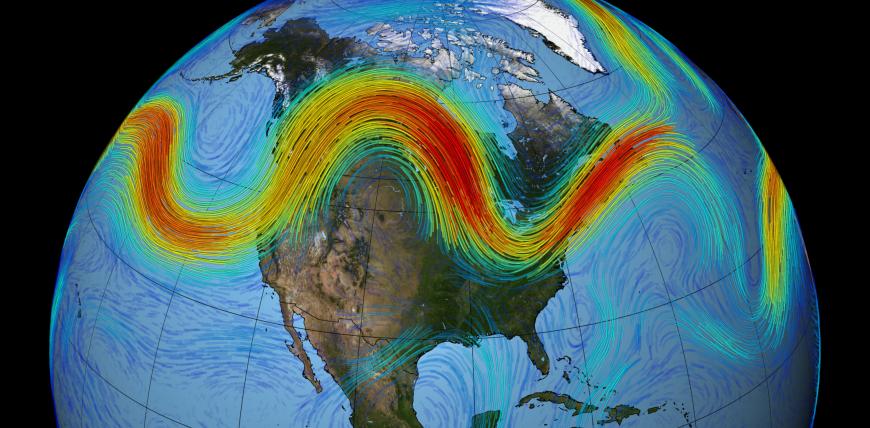
Climate dynamics
Investigating atmospheric circulation from the surface to the upper stratosphere and its role in climate variability and change
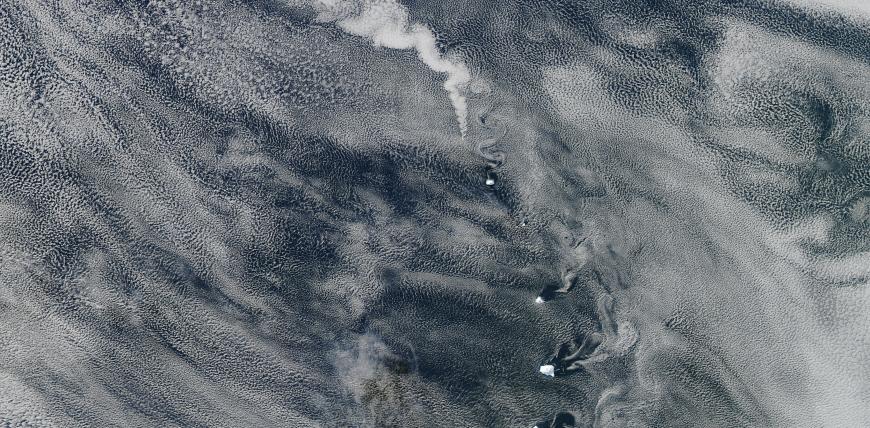
Climate processes
Our research addresses physical climate processes in the context of anthropogenic perturbations to the Earth system as the underlying cause of climate change with an overall focus on the role of clouds and aerosols.
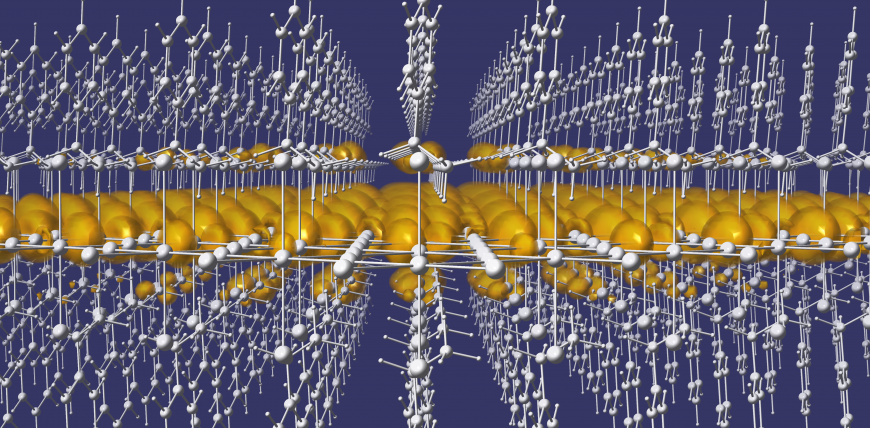
Computational Condensed Matter Physics Group
We use and develop upon first principles computational modeling methods such as density functional theory and many-body perturbation theory to understand and predict structural, vibrational, electronic, optical and transport properties of materials.
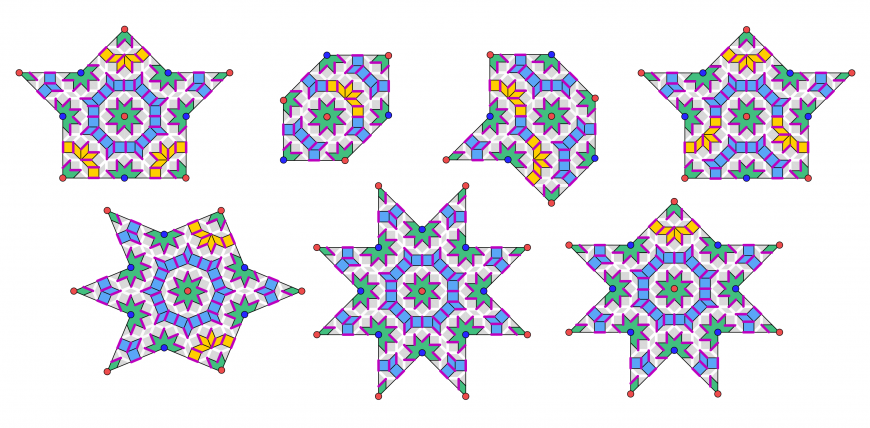
Cosmology
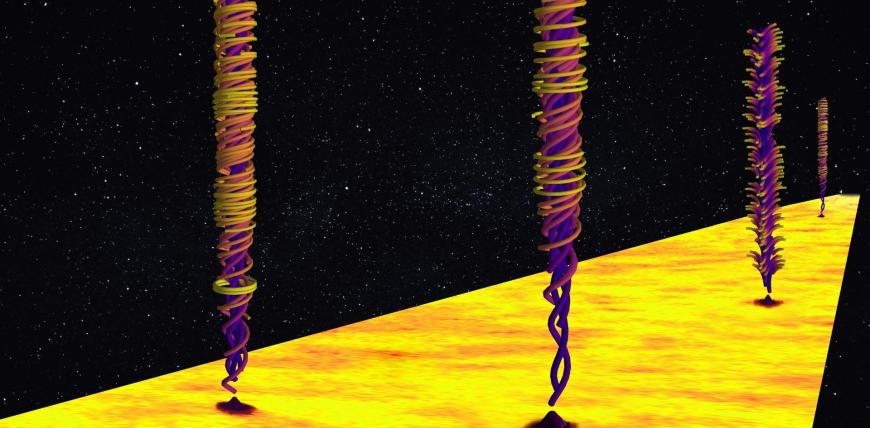
Designer Quantum Materials for Devices
We craft quantum materials with bespoke emergent properties and functionalities, bridging fundamental and device physics, to enable transformative next-generation technologies.
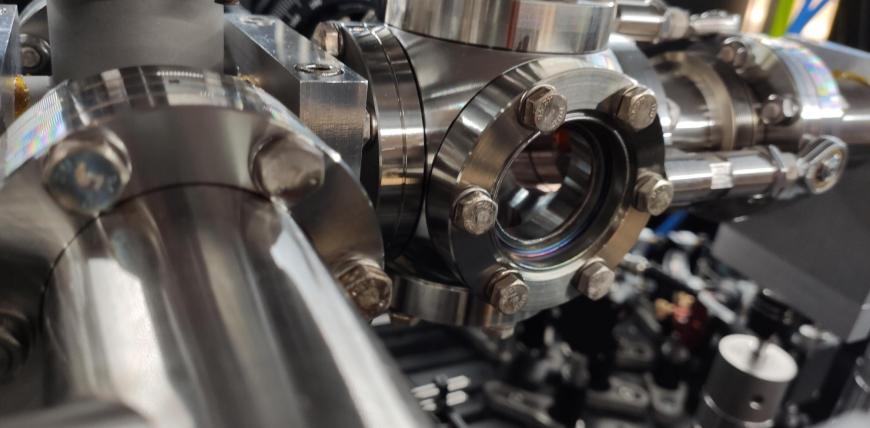
Dipolar Quantum Gases group
We are currently building an ultracold erbium experiment in our lab in the Beecroft building with the aim of studying the effect of long-range interactions on quantum fluids.

Earth Observation Data Group
The principal focus of EODG is the retrieval of atmospheric properties (e.g. temperature, pressure, trace gas concentrations, aerosol and cloud properties) from data gathered by Earth Observing satellites.
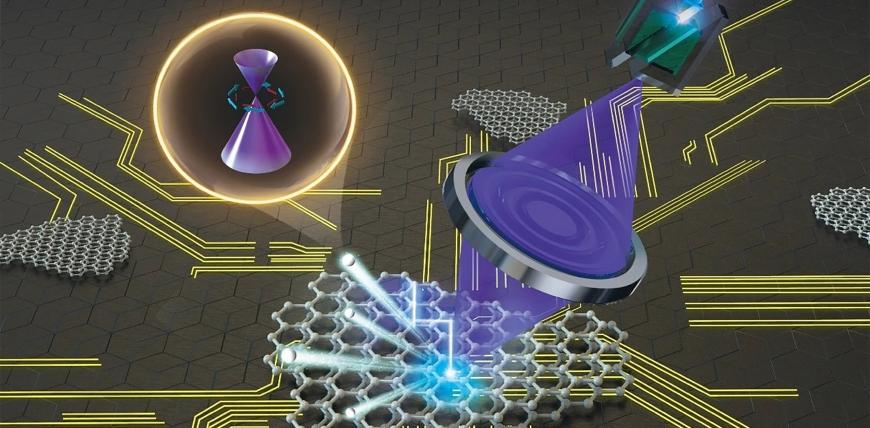
Electronic structures and photoemission spectroscopy
Our research focuses on understanding the behavior of electrons in unconventional materials. We also develop advanced instrumentation that will drive the exploration of critical information on condensed matter systems with new degrees of freedom.
